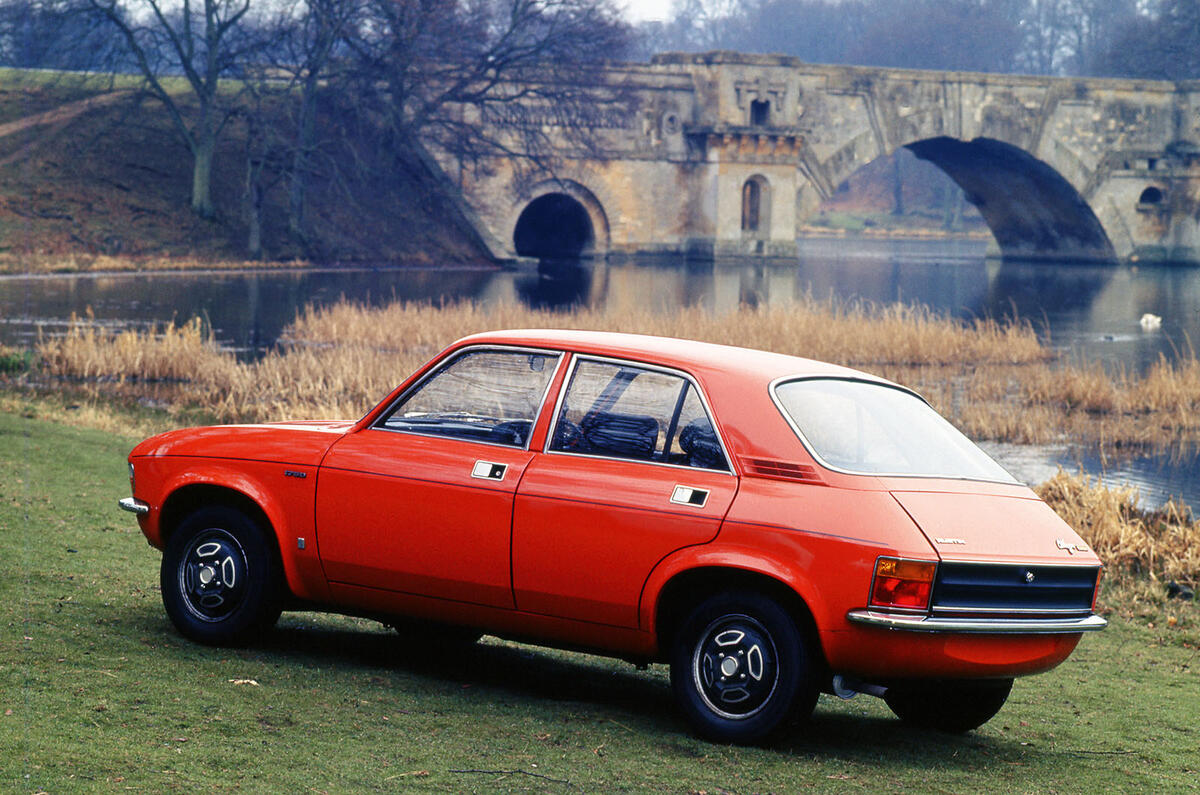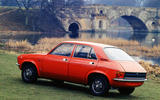There’s a campaign on to save our classics, although obviously there’s an angle to this.
A classic car insurer called ClassicLine is making the point that what was once familiar street furniture has now pretty much disappeared, so it made a list of the top 10 endangered cars. Based on those registered in the UK, a staggering 75,624 have been lost in the past decade.
So obviously there’s the Mini Metro, unless piloted by the old dear who bought it new. The Ford Sierra is another absentee from our highways. However, I’m much less shocked that the world doesn’t have that many Ford Cortinas, Vauxhall Victors or Austin Allegros left. But criminals have been nicking all the Cortinas from Essex, Vauxhalls of that era will all have rusted to oblivion and most people believed the hype that the Allegro was all aggro. Well, it wasn’t that well built, but if it had been a bit more lovable, like the bigger Mini that it was, many more would have survived.
So how, exactly, is this relevant to us used car buyers? The short answer is not very. Old cars are awful and you really wouldn’t want one to use as everyday transport – unless you’re one of us, meaning you’ll appreciate character, easier maintenance and an absence of depreciation. Trouble is, anything regarded even remotely as a classic is starting to cost far too much. This means that the cleverer used car buyers are going to have to start identifying the truly unloved models from the 1980s and 1990s.
I’m reassured that my local garage has three, yes three, Citroën ZX courtesy cars – a few hundred quid’s worth of undesirable hatches that work for a living. Eventually, decades hence, they might be viewed as late 20th century 2CVs, if any still exist – which is the point of this campaign. But for now, a ZX, a Peugeot 306 or a Renault 19 is just rubbish, which is the way it has always been.
The several ages of a used car are worth remembering here. First, there’s brand new, showroom fresh. Second, nearly new, recently depreciated. Third is used, three years old and out of warranty. Fourth, approved, five years old and still just within a manufacturer warranty. Fifth is a banger, a decade old and at the bottom of the depreciation table where Bangernomics begins. Sixth, scrap, spares or repair – the point at which any vehicle can live on or die. Seventh is ironic classic, where people decide that a previously deeply unfashionable but otherwise practical classic is suddenly okay to own and use day to day. Finally, eighth is classic, when a car is suddenly worth more than you can imagine. Well, more than it cost new.








Join the debate
Add your comment
There is a ninth phase
The crazy world of classics...
Austin Aggro
My Mum had a 1500 which went like the clappers until it ran out of oil on the Hogs Back.
That killed it.
My Dad actually sold them for a living, and said the MkII was pretty good car. He had several - and they were all rubbish!
Years later I picked up a bargain. A local doctor passed away and I was thrilled to buy his 1.3 SDL with only 17,000 mile son the clock.
Every time I filled it with petrol I had to add 5 litres of oil. It did 40 mpg, but eventually the engine went.
They also had very poor door locks, I accidentally got into my neighbours one one night, as the street lights made both our cars look orange. I had actually used my key to jump into the wrong car.
Boot access was terrible, and it often used to feature pools of water in the corners.
Having said all that I'd still fancy a drive in the 1750, they went very well.